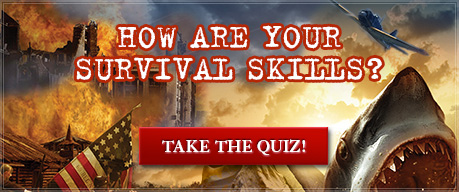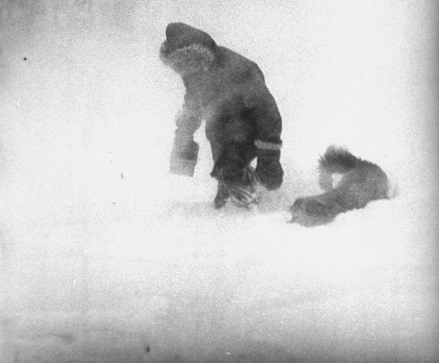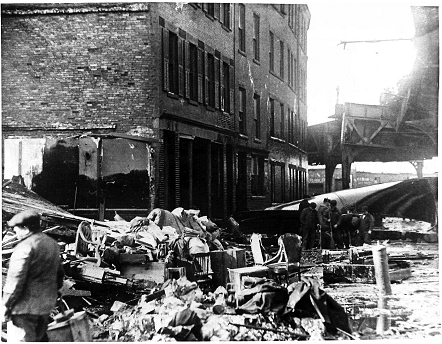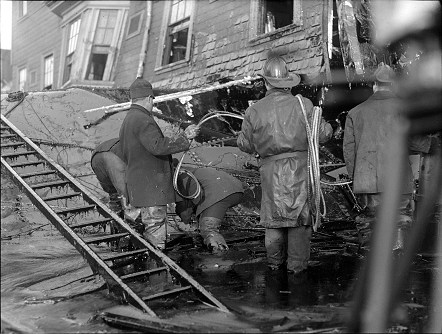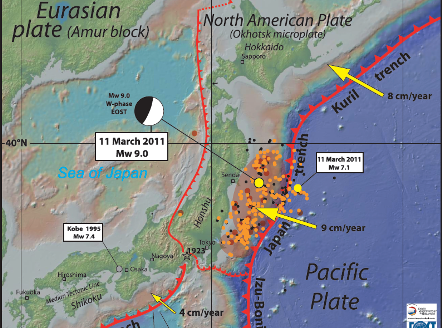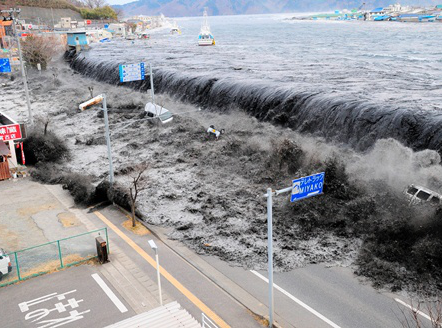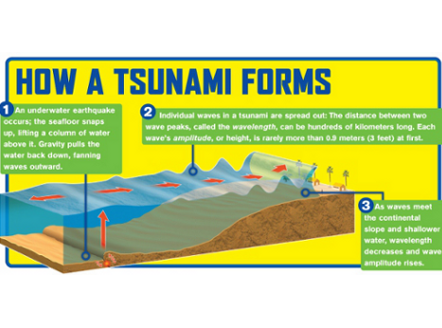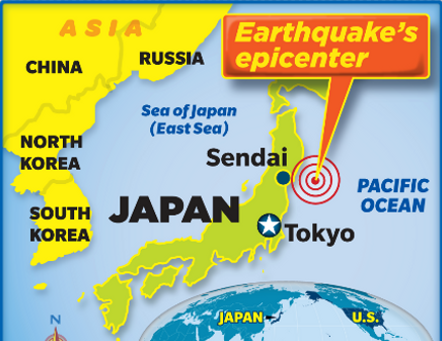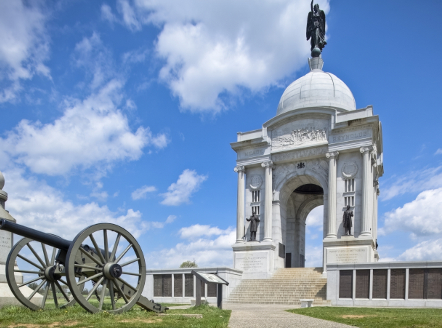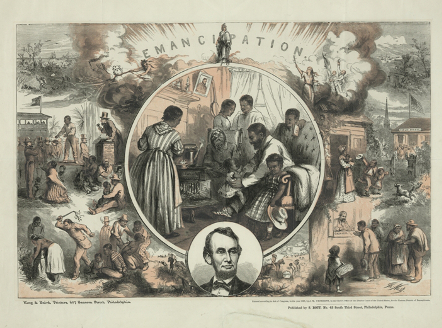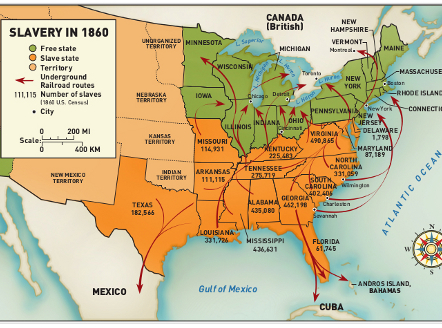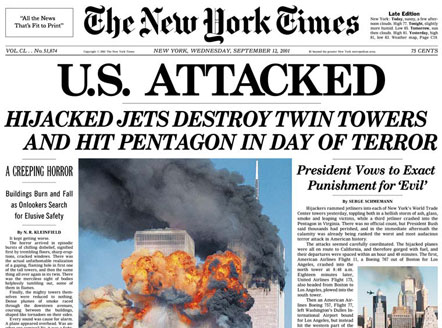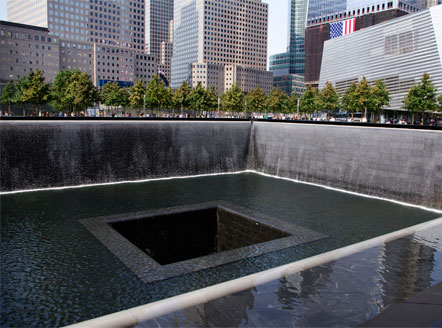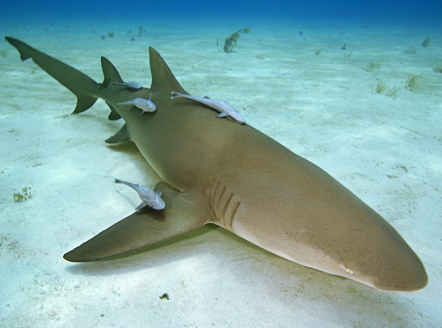Did You Know...Facts about the Great Chicago Fire, 1871
- The fire began at around 9:00 p.m. on Sunday, October 8, 1871. In the end, it destroyed an area of the city four whole miles long and one mile wide.
- The most famous story about the Chicago Fire tells how it started. It goes like this: A poor and lazy woman named Catherine O’Leary was in her barn on Sunday night, milking the cow she’d ignored all day. The cow was upset and kicked over a kerosene lamp that Mrs. O’Leary had brought into the barn to light her way. Whoosh! The fire started, and burned much of Chicago to the ground. This story was first printed in the Chicago Evening Journal–Extra on Monday, October 9, while the fire still raged. The story spread as quickly as the fire. The only problem with the story: It’s probably not true.
- Like some of the characters in the book, many children living in Chicago at the time of the Great Chicago Fire were orphaned. Many children lost their parents to diseases that today are curable, such as cholera and influenza; others had lost their fathers on the battlefields of the Civil War, which ended in 1865.
- An estimated 300 people died in the fire. At the time, about 334,000 people lived in Chicago, so the vast majority of the residents did manage to escape. Many of those who died were trapped by the fire. Others died crossing bridges that collapsed into the Chicago River. Of the 334,000 people living in Chicago at the time of the fire, 100,000 lost their homes.
- Amazingly the deadliest fire in U.S. history happened the very same day as the Great Chicago Fire, about 250 miles to the north, in Peshtigo, Wisconsin.
Did You Know...Facts about Five Epic Disasters, 2011
- #1 The Children’s Blizzard, 1888 There is no place on earth with more extreme weather conditions than America’s northern plains. But if that isn’t bad enough, get ready for grasshoppers, also known as locusts. Swarms containing billions of the insects would sweep down from the sky and devour everything in their path.
- #2 The Titanic Disaster, 1912 The Titanic was lost in the North Atlantic, eight hundred miles from land. For decades people searched for the wreckage. Finally, on September 2, 1985, the Titanic was found by Dr. Robert Ballard.
- #3 The Great Boston Molasses Flood, 1919 The Great Boston Molasses Flood was one of the strangest disasters in history and has been largely forgotten besides a small metal plaque in Boston’s North End.
- #4 The Japanese Tsunami, 2011 The force of the Great Tohoku Earthquake shifted Earth on its axis. It measured 9.0 on the Richter scale making it the strongest earthquake ever to hit Japan since record keeping began.
- #5 The Henryville Tornado, 2012 An average of 1,200 tornadoes strike the United States every year. The largest tornado ever recorded was 2.6 miles wide.
Did You Know...Facts about the Destruction of Pompeii, AD 79
- The eruption lasted for three days and buried Pompeii under thirty feet of ash and stone.
- Many people did escape in the first hours after the eruption. Most of those who stayed behind were likely killed by the waves of gases and fire that swept down the mountain. These pyroclastic surges traveled at 400 miles per hour, and instantly burned everything in their paths.
- There is no place in the world like Pompeii, which was buried in AD 79 and sealed for centuries, like a time capsule. The ash and stone preserved more than just the buildings. Archeologists have unearthed thousands of artifacts — skeletons, petrified loaves of bread, statues, toys, furniture, chariots, gladiator helmets, silverware, cooking pots, shoes, earrings, and much, much more.
- Vesuvius is one of the world’s most dangerous volcanoes — and also one of the most closely monitored.
- Today, nearly two thousand years after Pompeii was destroyed, we remain powerless against the destructive fury of a major volcanic eruption. Much of this beautiful region of Italy would likely be buried again.
Did You Know...Facts about the Japanese Tsunami, 2011
- The Tohoku Earthquake had a magnitude of 9.03—the strongest ever known to hit in Japan, and the fourth-largest earthquake ever recorded in history!
- Nearly 16,000 people died in the Tohoku Disaster.
- "Tsunami" is a Japanese word that literally means "harbor wave." Most tsunamis are caused by earthquakes that occur under the ocean floor, though they can also be caused by landslides, volcanic eruptions, or meteor crashes. This makes them much different—and much more dangerous—than regular ocean waves, which are caused by wind moving over the ocean's surface. The Tohoku Tsunami was hundreds of miles long, and destroyed towns, villages, and cities along more than three hundred miles of Japan’s northeastern coast. Like the Tohoku Earthquake, the Tohoku Tsunami was one of the largest ever recorded!
- The Tohoku Tsunami and Earthquake didn’t just cause a disaster at sea; they also caused a major disaster on land by severely damaging the Fukushima Daiichi nuclear power plant. What’s nuclear power? Simply put, it’s a kind of electricity created through a domino effect: a chemical reaction creates heat, which boils water, which produces steam, and then, finally, electricity! But if a nuclear plant is damaged, things can go wrong very quickly. At Fukushima, the quake and wave knocked out electricity, caused fires, and sent extremely harmful, radioactive particles into the atmosphere.
- Between the Tohoku Earthquake, Tsunami, and Fukushima Daiichi power plant failure, nearly 130,000 buildings were totally destroyed and roughly 1 million buildings were badly damaged.
Did You Know...Facts about the Battle of Gettysburg, 1863
- Can you imagine what it would be like to have no say in what happened to you? That’s what life was like for the nearly 4 million slaves living in the United States in 1860, the year before the Civil War began. (It lasted four years, until 1865.) Slavery was also one of the main reasons the war was fought at all—because America couldn’t agree on whether or not the country’s many African American slaves should be free. When Abraham Lincoln became president, more and more people in the North were saying that America should not have slavery anywhere. Already it was illegal in the North. They said it had to be banned in the South, too.
- Nobody knows exactly how many people died during the Civil War, but historians estimate that it was about 750,000. That’s more than the number who died in all of the other wars America has fought combined.
- Sadly, slavery has been a fact of human life for thousands of years. Even some of our country’s founding fathers—George Washington and Thomas Jefferson—owned slaves. But some slaves (like Thomas and Birdie in I Survived #7: The Battle of Gettysburg, 1863) decided to take matters into their own hands. Like them, thousands of slaves from the American South attempted to escape by following the North Star, finding safe harbor on Underground Railroad—a network of people who felt that slavery was wrong, and were willing to offer their homes as safe harbor for slaves escaping to freedom in the North.
- The Battle of Gettysburg was the bloodiest in the Civil War. The Confederate Army (from the South) lost 28,000 men, more than a third of their army. The Union Army (from the North) lost 23,000, but their army was bigger, and there were more people living in the North. Even so, the battle was devastating to both sides, and is commemorated today with the Gettysburg Memorial in Gettysburg, Pennsylvania.
- Following the battle, Gettysburg was chosen by Abraham Lincoln as the site of his time-honored Gettysburg Address, beginning with the famous words: “Four score and seven years ago our fathers brought forth on this continent a new nation, conceived in liberty, and dedicated to the proposition that all men are created equal.”
Did You Know...Facts about the Attacks of September 11, 2001
- By 10 a.m. on the morning of Tuesday, September 11, 2001, terrorists had crashed three commercial jets into three iconic American superstructures: The Twin Towers of the World Trade Center in New York City, and the Pentagon in Arlington County, Virginia. American Airlines Flight 11 and United Airlines Flight 175 were flown into the North Tower (Tower 1) and the South Tower (Tower 2); American Airlines Flight 77 crashed into the Pentagon.
- By 10:05 a.m., a fourth and final jet-United Airlines Flight 93-crashed into a field in Shanksville, Pennsylvania. Later, it was learned that Flight 93 was intended for either the U.S. Capitol building or the White House in Washington, D.C. But passengers on that plane learned of the attacks on the World Trade Center and the Pentagon and stormed the cockpit to try and regain control of the plane.
- By 10:30 a.m., both the South Tower and the North Tower of the World Trade Center had collapsed.
- On the day of the attacks, 50,000 people were working in the World Trade Center. 2,016 of them died, in addition to 343 firefighters and 60 police officers.
- On the 10th anniversary of the attacks, a 9/11 Memorial was dedicated at Ground Zero in New York City-the sixteen acre disaster zone surrounding the fallen towers. The Memorial features the world's largest man-made waterfalls and reflecting pools of about an acre in size each.
Did You Know...Fun facts about the Titanic
- The Titanic was 882 feet, 8 inches long (the length of four city blocks), and 92 feet, 6 inches wide (almost the length of a football field).
- The massive ship could carry up to 3,547 people, and had 2,224 passengers on board for its first—and final—trip. However, it only had enough lifeboats to carry 1,178 people.
- On Sunday, April 14, 1912, at 11:40 p.m., the Titanic struck the iceberg that would cause it to sink. It sank 2 hours, 40 minutes later at 2:20 a.m. on Monday, April 15.
- When the Titanic sent out distress signals, the ship the Californian was just 6 miles away. Its radio operator had gone to bed just ten minutes before. Even though the Titanic fired distress flares also, people on the Californian thought they were just having a party.
- The sinking of the Titanic inspired better safety regulations on major shipping vessels. Now, all ships must carry enough lifeboats for every passenger on board. Ships’ radios are manned 24 hours a day. Regular lifeboat drills are held, and speed is reduced in ice, fog, or any other dangerous weather conditions.
Did You Know...Fun facts about Sharks
- Of the more than 350 known shark species, only 4 are particularly prone to attack people: the bull shark (which is considered by many experts to be the most dangerous to humans); the great white; the tiger shark; and the hammerhead.
- Shark attacks are very rare. In 2008, there were 118 attacks reported world-wide and 4 deaths. Of those attacks, 59 were “unprovoked,” which means that the shark attacked someone who was not doing anything to deliberately attract or touch it. (In contrast, an average of 125,000 people die of snakebites each year.)
- Some scientists believe that most sharks don’t mean to attack humans, but mistake surfers or swimmers for large sea mammals, like seals. This could explain why most shark attacks on humans are not fatal: a shark takes one bite, realizes its mistake, and swims away.
- Most shark attacks happen to people swimming alone in the ocean. Experts suggest that the best way to avoid attack is to swim in groups. Other tips: Avoid swimming at night or at dusk; don’t swim with a dog, because the whirling motion of its paws in the water can attract sharks; leave jewelry at home, since bright objects can also attract sharks; and don’t swim in the ocean if you have a bleeding wound.
- Every year, humans kill nearly 100 million sharks. They do so mainly for their fins, which are a prized ingredient for shark fin soup. In fact, many species are endangered, including the great white.
Did You Know...Facts about the Hurricane Katrina, 2005
- Hurricane Katrina was one of the worst disasters ever to strike the United States, with a death toll that reached 1,800 people
- More than 340,000 people evacuated from New Orleans before the storm hit. But many were too old or sick to make the trip, or couldn't afford the costs of evacuation-leaving an estimated 100,000 people behind.
- In the weeks after the flood, the Humane Society of the United States organized the biggest animal rescue in history. They broke into boarded-up houses, plucked dogs and cats from rooftops and trees, and even rescued pigs and goats.
- Americans donated more than $1 billion to help the victims of Katrina. Other countries donated, too. The largest donor was the government of Kuwait, which gave $500 million.
- Today, New Orleans is protected by a storm-protection system, a 133-mile long chain of new levees, flood walls, gates and pumps. There is no guarantee that the system will be 100-percent effective in a strong hurricane. But is a vast improvement over what existed when Katrina struck in 2005.
Did You Know...Facts about the Bombing of Pearl Harbor, 1941
- In the attacks on Pearl Harbor, nearly 2,500 people were killed: 2,388 American military personnel; 48 American civilians; and 64 Japanese military personnel.
- American artillery also suffered great losses. Naval forces suffered the total destruction of 164 aircraft; 12 sunk or beached ships; and 9 damaged ships.
- Four months after the Pearl Harbor attack, American leaders decided that approximately 100,000 people of Japanese descent living in certain parts of the U.S., the majority of them American citizens, should be forced to live in special guarded camps far away from American cities, called "internment camps." They were forced to stay there until the end of the war in 1945.Today, the "internment" of loyal Japanese Americans is considered a shameful act in American history. The federal government officially apologized in 1983.
- Pearl Harbor convinced President Franklin D. Roosevelt and Congress that the United States should enter World War II, which at that time had already been raging in Europe for about 2 years. It would become the bloodiest war in history. Nearly 60 million people died, including more than 400,000 American soldiers.
- Today, Pearl Harbor is still a major military base. It is also a monument and a graveyard, where you can visit the USS Arizona Memorial. This is the final resting place for many of the soldiers and marines who died when the Arizona exploded. The memorial is built over the sunken battleship, which rests in 40 feet of water at the bottom of the harbor.
Did You Know...Facts about Earthquakes
- Earthquakes are caused by movement of the Earth's tectonic plates-gigantic pieces of the planet's rocky crust. The edges of the plates are rough, and sometimes knock into one another, getting stuck. They get so stuck, in fact, that only a sudden violent movement-an earthquake-can get them unstuck!
- Eighty percent of the world's earthquakes happen in an area of the Pacific Ocean nicknamed the "ring of fire." The Pacific plate is always moving, and caused recent powerful earthquakes in Chile, New Zealand, and Japan. It also caused the 1906 earthquake in San Francisco.
- The most earthquake-prone state in the United States is Alaska. That's where America's strongest earthquake occurred, a quake measuring 9.2 that hit Prince William Sound on March 28, 1964.
- The deadliest earthquake on record happened in central China, in the year 1556. It struck a region where most people lived in caves carved into soft rock. The earthquake caused the caves to collapse, and an estimated 830,000 people died.
- Tsunamis are giant waves caused by earthquakes beneath the ocean floor. The 2004 tsunami that devastated parts of Indonesia, India, Sri Lanka, and Thailand was caused by an undersea megathrust earthquake in the Indian Ocean.
What would you do in a massive earthquake,
like the one in San Francisco?
Read about Leo's story.
Click here to get the book!
